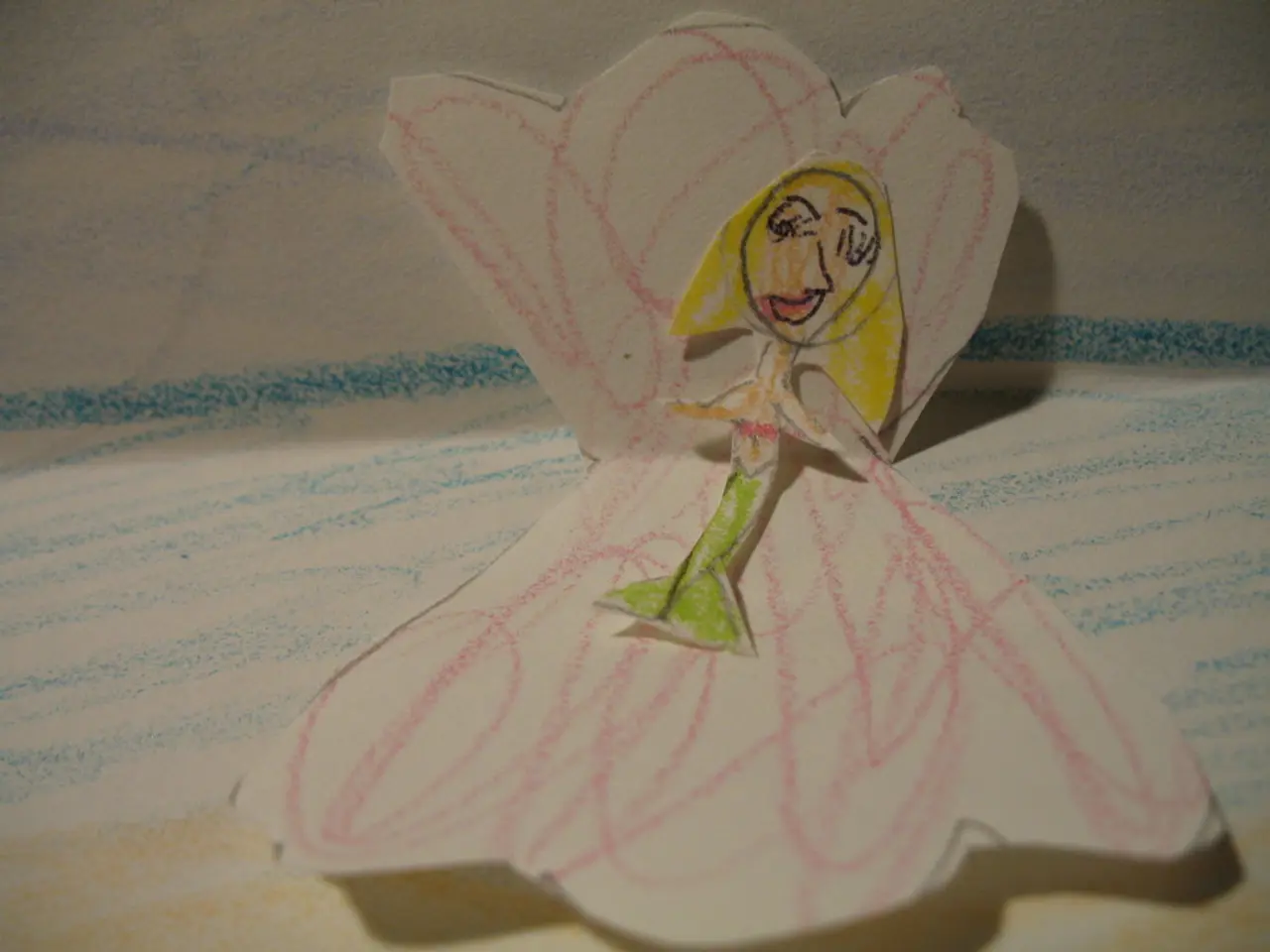Boosting Educational Results by Combining the Arts in School Curriculum
============================================================
The integration of arts into early learning and education has evolved significantly over the past century, with a growing emphasis on blending artistic expression, academic learning, and community involvement. This approach, often championed by advocates, has shown promising results in enhancing academic performance, student engagement, and fostering personal growth.
One shining example of successful arts integration is the "Wolf Trap Institute for Early Learning Through the Arts," which has demonstrated the potential of arts integration for preschool children. Emphasizing interdisciplinary collaboration between arts and other subjects, this approach is another significant trend in contemporary education.
Advocacy efforts often highlight successful case studies, such as the Chicago Arts Partnerships in Education and the "Arts Integration" program at the Maryland Institute College of Art. These programs, which partner classroom teachers with teaching artists to develop interdisciplinary projects, have been instrumental in fostering arts-based learning.
The evolution of arts integration in education can be traced back to the late 19th century with the Committee of Ten, a group of influential educators who recommended a structured 12-year schooling model in the United States. Although arts integration was not explicitly emphasized at the time, the groundwork was laid for including diverse subjects in education.
The 1970s saw the passage of the Education for All Handicapped Children Act (1975), later the Individuals with Disabilities Education Act (IDEA, 1990). These legislative milestones brought federal attention to equitable education, including accommodations in arts and other subjects for students with disabilities.
In the 1990s, the University of British Columbia launched its Arts Co-op Program, integrating practical work experience into arts education. This marked a broader trend toward combining arts with real-world applications.
Recent years have shown increasing empirical support for the positive educational impact of arts integration. Studies indicate that arts integration in schools enhances graduation and attendance rates, deepens student engagement, and fosters personal growth and community building.
Creating an inclusive arts-friendly environment is essential for successful arts integration. Educators should foster spaces where students feel safe to express themselves artistically, encouraging collaboration and exploration. Continuous support and mentorship further bolster teacher confidence in implementing arts integrated curricula.
Professional development workshops focusing on the integration of arts can transform teaching practices, equipping educators with the skills to blend arts into their curriculum. Collaboration among educators, families, and the community is vital for the successful implementation and growth of arts integration in education.
As technology advances, so does the potential for technology-enhanced arts integration strategies, such as Virtual Reality and Augmented Reality. These tools offer exciting opportunities to engage students in creative and immersive learning experiences.
Incorporating arts in education is increasingly recognized as a vital area for growth. Advocates aim to cultivate a shared understanding of the profound impact that integrating arts in education can have on nurturing well-rounded, innovative, and culturally aware individuals.
In conclusion, while formal nationwide arts integration policies emerged gradually, the trend toward blending artistic expression, academic learning, and community involvement has accelerated over the past 30 years with increasing empirical support for its positive educational impact. This evolution reflects shifting educational philosophies promoting holistic development and experiential learning through the arts.
- To bolster personal growth and career development, educators could consider integrating arts into their teaching, emulating programs like the Arts Co-op Program at the University of British Columbia, which combines practical work experience with arts education.
- In the realm of education-and-self-development, professional development workshops focusing on arts integration can empower teachers to foster creative, immersive learning experiences, utilizing innovative tools like Virtual Reality and Augmented Reality.
- The integration of arts into early learning and education, as championed by the "Wolf Trap Institute for Early Learning Through the Arts" and other successful case studies, contributes significantly to professional development by promoting academic performance, student engagement, and overall personal growth.




